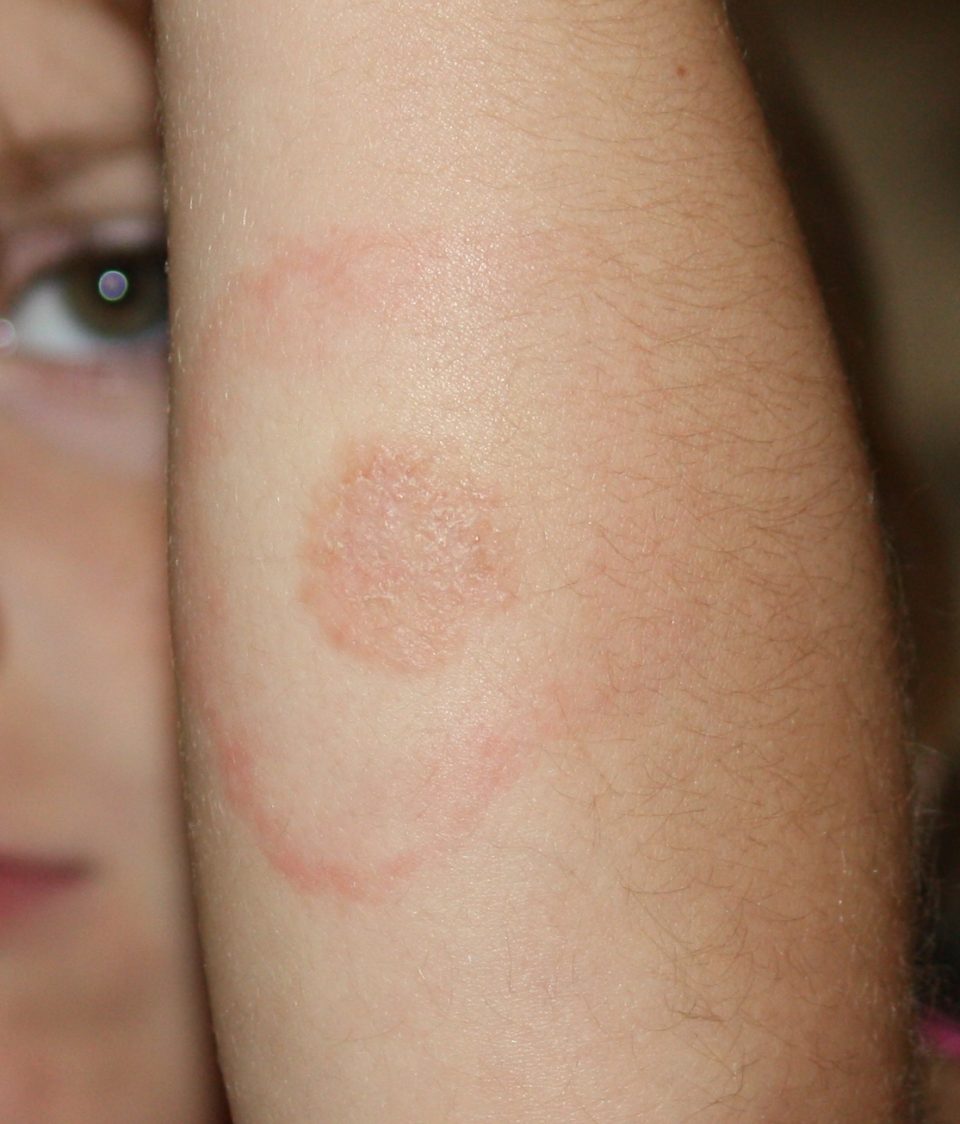It is important that you understand as much as possible about Lyme Disease treatment, causes and symptoms, if you have been bitten by a tick and suspect that you may have contracted the disease. To give you a better idea, and perhaps help you determine whether this is the cause of your discomfort, we have broken down all the pertinent information for you.
What is Lyme Disease
Lyme disease is an infectious disease which is transmitted to humans by ticks. It is important to note that you cannot contract this disease from people, animals, or food, only from ticks.
To be infected, you must have been bitten by a tick which has attached itself to you for a period of at least 36 to 48 hours.
When interview by WebMD, Cleveland Clinic’s infectious disease specialist Alan Taege (MD), indicated that if the tick is removed within 48 hours of it first latching on to your skin, the likelihood of you being infected is heavily reduced.
The Centre for Disease Control and Prevention estimates that approximately 476,000 people in the US contract Lyme disease per year. The disease appears to be most prevalent in the US, Europe, and Asia, but it seems to be expanding to other countries in recent years.
The most common reported carriers of the disease are men between the ages of 15 and 45.
Symptoms
There are three primary stages associated with the progression of Lyme Disease when left untreated, according to the Global Lyme Alliance. They are:
Stage 1 – Early Localized Lyme Disease: In the first days and weeks after a bite, common symptoms will include flu-like symptoms, a red bulls-eye shaped rash, headaches, stiff muscles and joints, swollen lymph nodes, and/or a sore throat.
Stage 2 – Early Disseminated Lyme Disease: These symptoms usually only occur several weeks or months after a tick bite. Symptoms will be more intense, including chills and fever, as well as pain, weakness or numbness in the arms and legs. Some have also reported changes in vision, chest pain, heart palpitations, spreading of the rash and some facial paralysis at this stage.
Stage 3 – Late Disseminated Lyme Disease: Months or even years later, infected individuals could experience more extreme symptoms such as arthritis, migraines, vertigo, joint pains, stiff neck, trouble sleeping, difficulty concentrating, numbing of limbs, and severe fatigue.
Diagnosis & Treatment
A qualified physician is required to determine whether you have Lyme Disease. Your doctor will assess your symptoms, determine the likelihood of exposure to ticks, and may carry out a blood test to accurately diagnose you.
Mayo Clinic indicates that Lyme Disease treatment comprises a regimen of antibiotics and rest, but that it may be a month or more before patients fully recover, depending on the level of infection.
Some may still experience symptoms after treatment, in which case your physician will provide you with medication to treat those symptoms for as long as you need them.
If you are displaying any combination of the above symptoms and feel like you may have Lyme Disease, it is important to make an appointment to see your physician as soon as possible.

